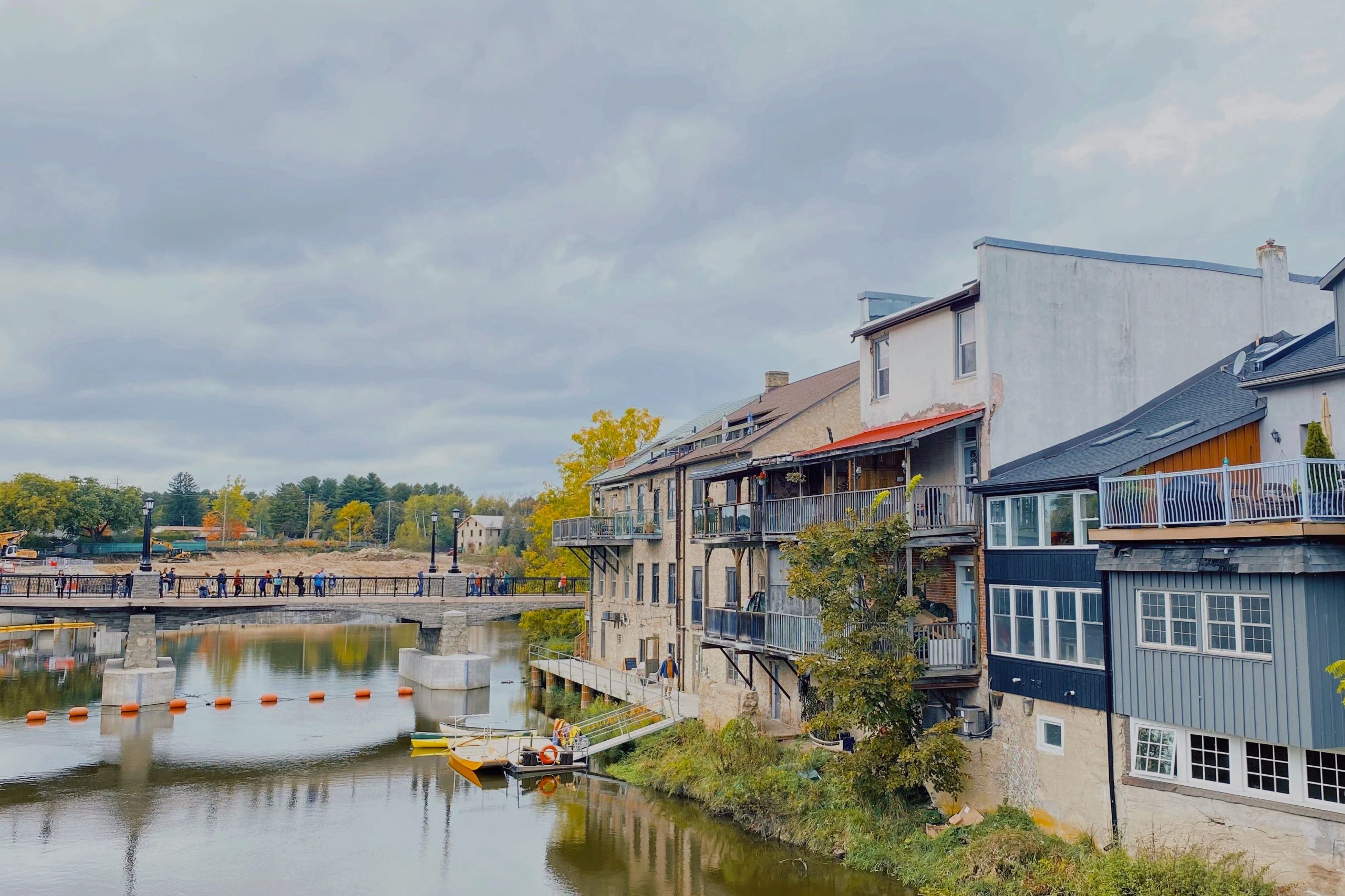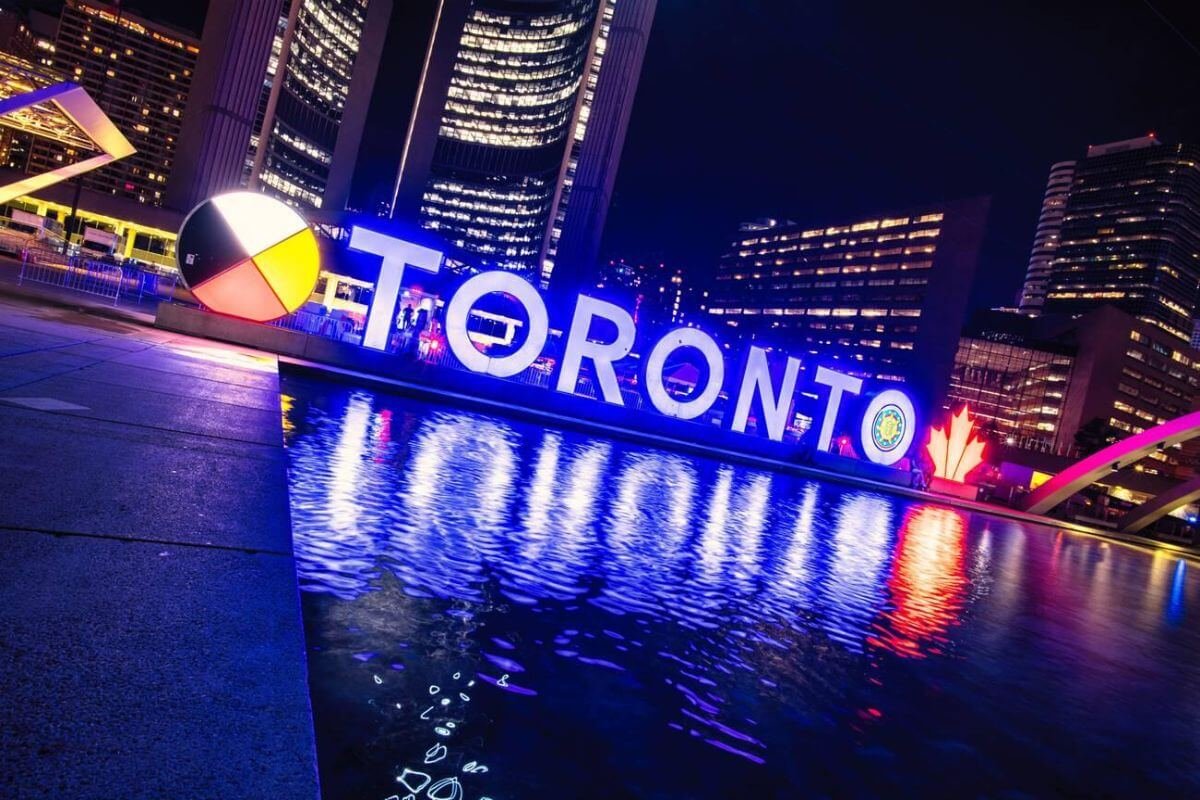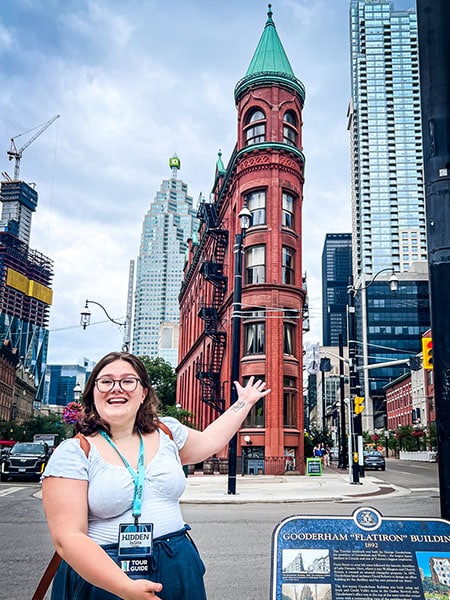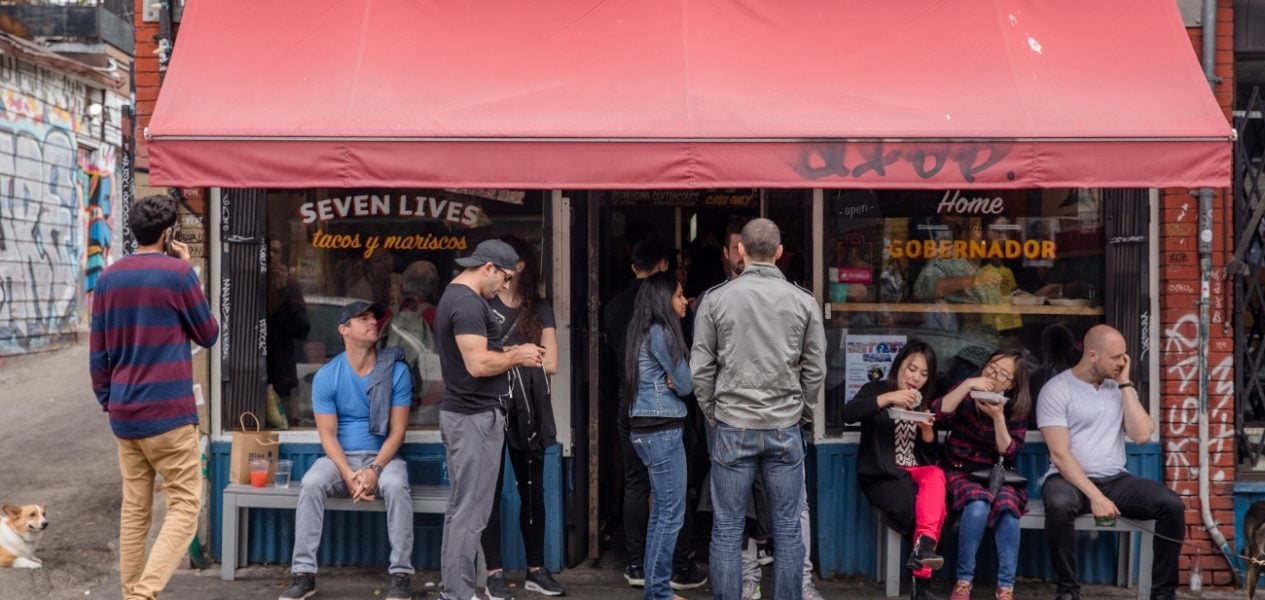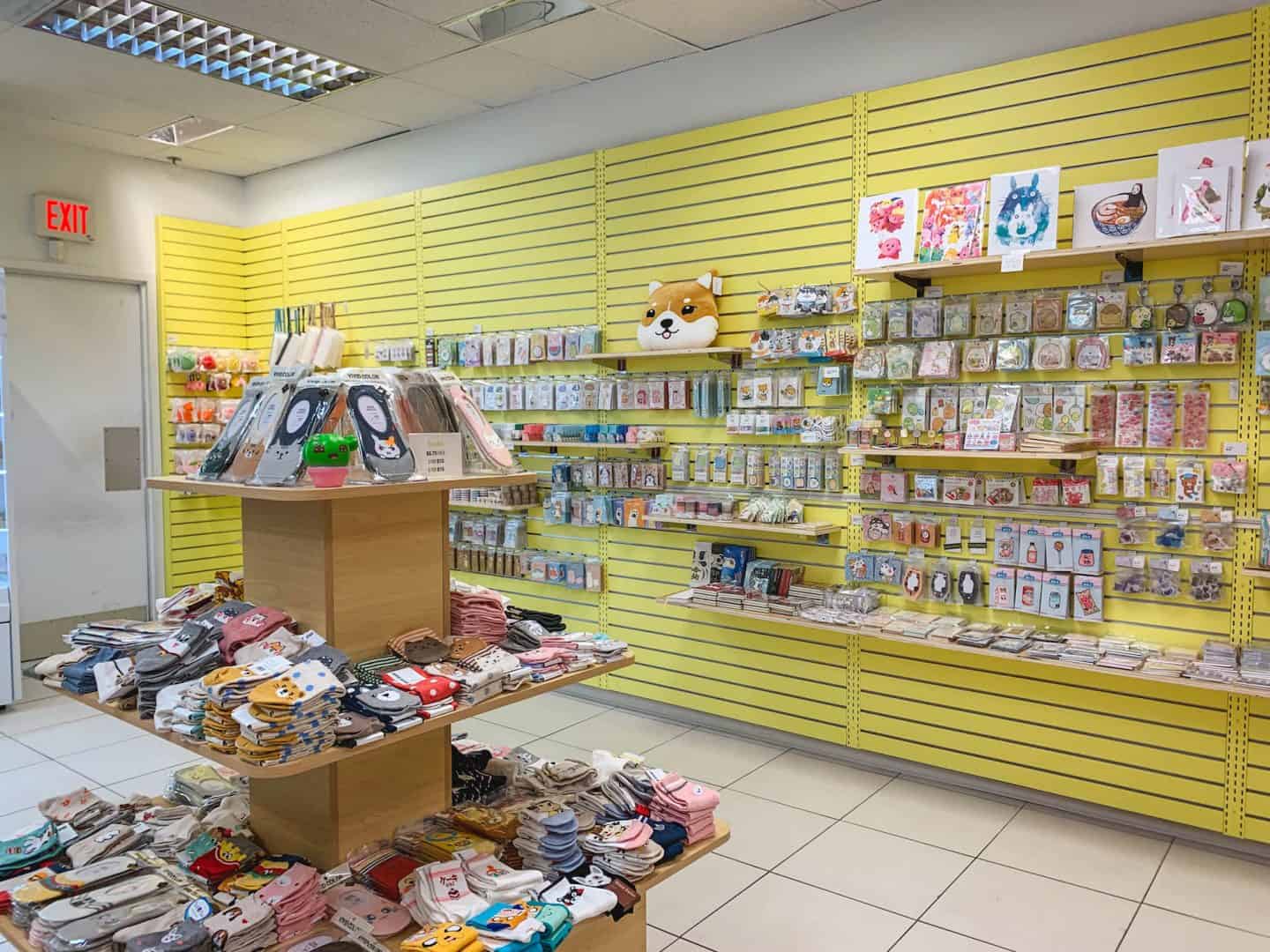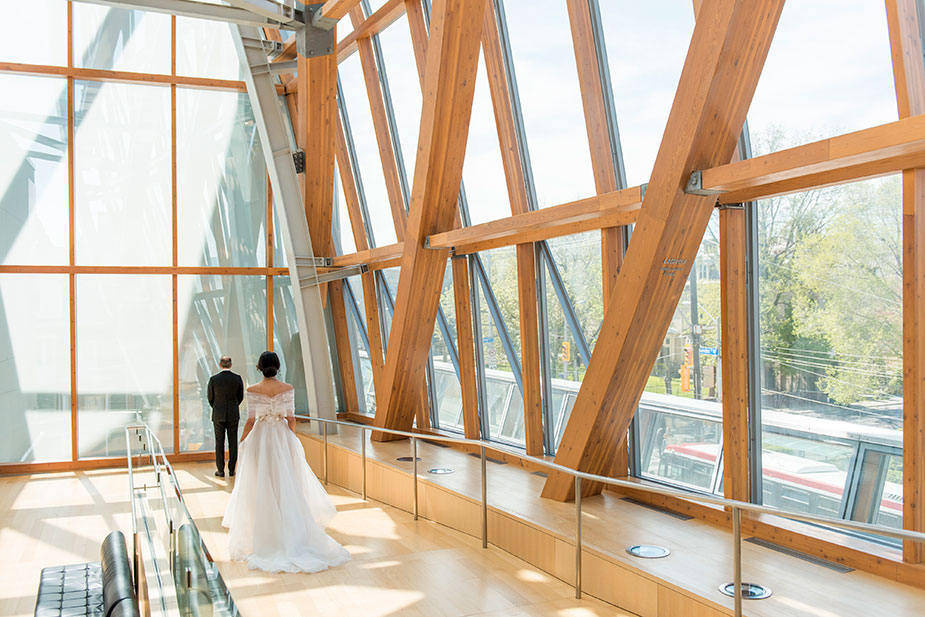

From Distillery District Charm to Danforth’s Greek Delights: A Culinary Road Trip Through Toronto
Toronto, a city pulsating with diverse cultures and vibrant neighbourhoods, offers a culinary landscape as rich and varied as its people. This isn’t just a food tour; it’s a journey through the heart and soul of Toronto, one delicious bite at a time. Buckle up, foodies, because we’re embarking on a culinary road trip, from the cobblestone charm of the Distillery District to the bustling streets of the Danforth.
Act I: The Distillery District – Where History Meets Gastronomy
Our culinary adventure begins in the Distillery District, a historic Victorian-era industrial complex transformed into a captivating village of art galleries, boutiques, and, most importantly, exceptional restaurants. The air here hums with a unique blend of old-world charm and modern sophistication.
Forget fast food; this is a place for savouring. Imagine yourself seated al fresco, the scent of freshly baked bread mingling with the aroma of roasting coffee beans. Consider starting your day with a leisurely brunch at Cluny Bistro & Boulangerie, indulging in their famous croissants and perfectly poached eggs. For a taste of something truly unique, venture into El Catrin Destileria, a vibrant Mexican restaurant tucked away in a charming corner, offering a taste of Mexico City’s vibrant culinary scene.
| Restaurant | Cuisine | Highlight |
|---|---|---|
| Cluny Bistro | French, Bakery | Croissants, Brunch |
| El Catrin Destileria | Mexican | Authentic Mexican Flavors |
| Mill Street Brew Pub | Pub Fare, Craft Beer | Local Brews & Comfort Food |
As the sun dips below the horizon, the Distillery District transforms into a haven of romantic ambiance. Enjoy a sophisticated dinner at one of the many upscale restaurants, perhaps indulging in a tasting menu at a fine-dining establishment, or enjoying a more casual but equally delicious meal at a gastropub.
Act II: Kensington Market – A Kaleidoscope of Flavors
Our next stop takes us to Kensington Market, a bohemian haven known for its eclectic mix of cultures and equally diverse culinary offerings. This isn’t just a market; it’s a sensory explosion. The vibrant street art, the aroma of spices from faraway lands, and the friendly chatter of locals create an atmosphere like no other.
This is where you ditch the planned itinerary and embrace spontaneity. Wander through the stalls, sampling exotic fruits, indulging in Jamaican patties, or trying a flavorful bowl of ramen from a hidden gem. Kensington Market is all about discovery; let your curiosity be your guide.
| Food Type | Recommendation | Experience |
|---|---|---|
| Jamaican Patties | Rasta Pasta | Spicy, Savory, Authentic Jamaican Flavors |
| Ramen | Various Vendors | Explore different styles and broths |
| Street Food | Explore the various stalls | A sensory adventure of global cuisines |
Act III: The Danforth – A Taste of Greece in Toronto
Our culinary road trip culminates on the Danforth, a vibrant neighbourhood that transports you straight to the heart of Greece. This is a feast for the senses, with the sounds of bouzouki music echoing through the streets, the tantalizing smell of grilling souvlaki filling the air, and the warm hospitality of the local community welcoming you with open arms.
Here, the focus is on sharing. Order a plate of souvlaki and share it with friends, enjoying the juicy grilled meat and flavourful tzatziki sauce. Sample a variety of mezes, from creamy hummus to spicy feta dips, accompanied by warm pita bread. And don’t forget to indulge in a refreshing glass of Greek wine, perfectly complementing the rich flavors of the cuisine.
| Restaurant Type | Recommendation | Must-Try |
|---|---|---|
| Greek Taverna | Numerous Options | Souvlaki, Gyro, Mezes |
| Pastry Shop | Numerous Options | Baklava, Loukoumades |
| Coffee Shop | Numerous Options | Greek Coffee, Frappé |
This culinary journey is far from exhaustive. Toronto’s food scene is a constantly evolving tapestry, rich with hidden gems waiting to be discovered. So, pack your appetite, embrace the unexpected, and embark on your own culinary adventure through this captivating city. Your taste buds will thank you.

Additional Information
From Distillery District to Danforth: A Deeper Dive into Toronto’s Culinary Tapestry
The “Distillery District to Danforth” culinary journey offers a compelling snapshot of Toronto’s diverse food scene, but a deeper analysis reveals nuanced trends and complexities beyond a simple geographical progression. This exploration will delve into the socio-economic factors shaping each area’s culinary identity, analyze the competitive landscape, and consider the future of Toronto’s gastronomy based on these observations.
The Distillery District: Heritage, High-End, and the Tourist Trade:
The Distillery District’s culinary landscape is heavily influenced by its heritage architecture and tourist-centric nature. High-end restaurants, artisan chocolatiers, and unique cafes cater to a clientele willing to pay a premium for ambiance and a curated experience. This creates a highly competitive environment, demanding high quality and consistent service. The success of establishments here hinges on leveraging the historical setting and attracting both local and international tourists. While this model works well, it can create an exclusionary atmosphere for residents with limited disposable income, limiting the district’s overall cultural accessibility. A case study could examine the pricing strategies and marketing approaches of successful Distillery District restaurants, comparing them to those in areas with a broader demographic reach.
Midtown’s Culinary Transition:
The journey between the Distillery District and the Danforth reveals a gradual shift in culinary offerings, reflecting evolving demographics and economic realities. Midtown areas exhibit a more heterogeneous culinary mix, representing a wider range of price points and ethnicities. This transition showcases the dynamic nature of Toronto’s food scene, with established restaurants adapting to changing market demands and new establishments emerging to fill identified gaps. Data on restaurant openings and closures in Midtown over the last decade would highlight this fluidity and perhaps even identify specific ethnic or culinary trends emerging in these areas. For example, the increase in popularity of certain fusion cuisines or the growth of independent, locally-sourced restaurants could be examined.
Danforth: A Microcosm of Global Gastronomy:
The Danforth, with its prominent Greektown, provides a compelling case study in the power of cultural preservation and adaptation within a larger urban food scene. The concentration of Greek restaurants reflects the historical settlement patterns of Greek immigrants and their contribution to Toronto’s culinary landscape. However, this vibrant Greektown is not static. The presence of other ethnic restaurants demonstrates the evolving nature of the community and its integration within a larger multicultural context. Statistical analysis comparing the density of Greek restaurants versus other ethnic cuisines on the Danforth could provide valuable insights into the community’s dynamic evolution and its competitive landscape. Analyzing customer reviews and social media sentiment could shed light on the perceptions and experiences of patrons, revealing the factors contributing to the sustained success of Greek restaurants while acknowledging the presence and impact of other cuisines.
Future Trends and Challenges:
The journey from Distillery District to Danforth exposes several key challenges facing Toronto’s food scene. These include:
- Affordability: Maintaining a diverse and accessible culinary landscape is crucial, especially given the rising cost of living in Toronto.
- Sustainability: Incorporating environmentally friendly practices and sourcing local ingredients are increasingly important considerations for restaurants and consumers.
- Competition: The fiercely competitive environment demands continuous innovation and adaptation to maintain relevance.
- Equity and Representation: Ensuring representation of all cultures and economic backgrounds within the culinary landscape is essential for fostering a truly inclusive and vibrant food scene.
In conclusion, a thorough analysis of Toronto’s culinary journey, from the high-end exclusivity of the Distillery District to the vibrant multiculturalism of the Danforth, requires a multi-faceted approach. By examining socioeconomic factors, competitive dynamics, and emerging trends, we can gain a deeper understanding of the complex tapestry that makes up Toronto’s food scene and anticipate its future direction. Further research employing quantitative and qualitative methods, including statistical analysis of restaurant data, customer surveys, and ethnographic studies, would enrich our comprehension and contribute valuable insights for policymakers, restauranteurs, and culinary enthusiasts alike.





